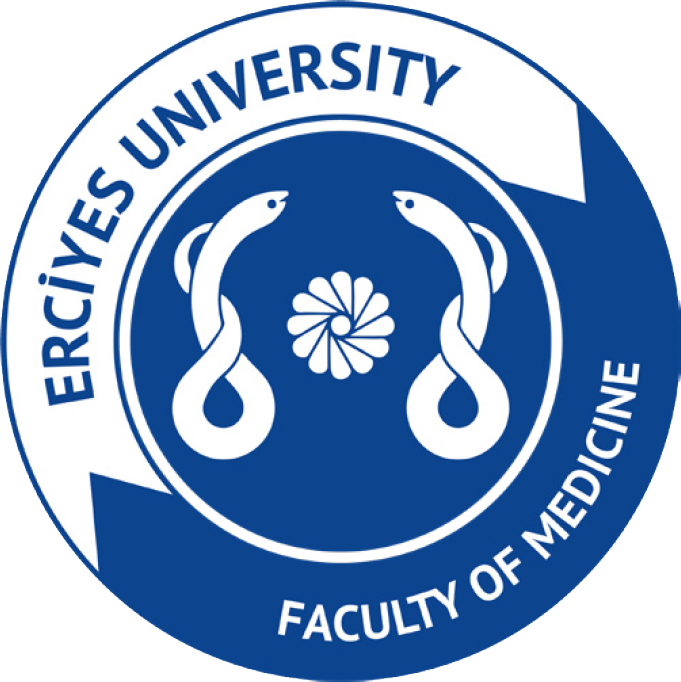2Department of Pediatric Cardiology, Eskisehir Osmangazi University, Eskişehir, Türkiye
3Department of Pediatric Nephrology, Eskisehir Osmangazi University, Eskişehir, Türkiye
4Department of Biostatistics, Düzce University, Düzce, Türkiye
5Department of Pediatric Cardiology, Düzce University, Düzce, Türkiye
Abstract
Objective: The onset of chronic kidney disease during childhood substantially increases the risk of cardiovascular complications in adulthood among affected patients. In such patients, chronic damage beginning in childhood has been linked to higher long-term mortality rates, and bone changes may also occur due to factors other than renal osteodystrophy. This study investigates the burden of cardiovascular risk among children with pre-dialysis chronic kidney disease and examines the relationship between skeletal mineral content and the progression of kidney dysfunction.
Materials and Methods: Echocardiographic assessment, carotid intima-media thickness measurements, ambulatory blood pressure monitoring, and bone mineral density analysis were performed on 50 pre-dialysis chronic kidney disease patients and control subjects. The results were compared between groups.
Results: Patients demonstrated higher carotid intima-media thickness, as well as greater left ventricular mass index and end-diastolic left ventricular mass, compared to controls. The early-to-late ventricular filling (E/A) ratios were normal, with no difference between groups. All patients were osteopenic from the early stage, with a mean Z score of -1.59±1.32. Both daytime and night-time systolic and diastolic blood pressure (BP) measured by ambulatory blood pressure monitoring (ABPM) were significantly higher in the patient group than in controls, and a non-dipping blood pressure pattern was also identified in patients.
Conclusion: Patients diagnosed with chronic kidney disease during the pediatric period demonstrate an elevated risk of cardiovascular complications from the time of diagnosis onwards. A possible correlation between reduced bone mineral density in these patients and cardiovascular events represents another factor that increases mortality and morbidity.


